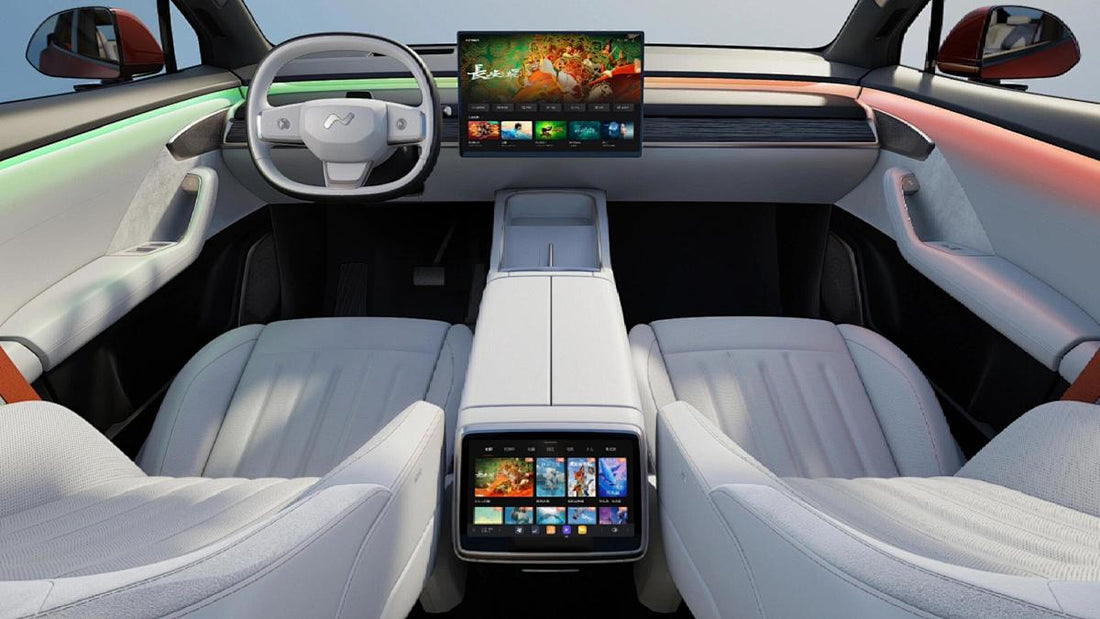
The Eco-Driven Revolution in Automotive Interior Materials
Share
As global awareness of climate change and environmental responsibility continues to rise, the automotive industry is undergoing a quiet revolution—one that starts inside the cabin. From luxury sedans to everyday family cars, automakers and aftermarket brands are investing in eco-friendly interior materials that reduce environmental impact while enhancing aesthetics and comfort.
♻️ Recycled and Renewable Materials Take the Lead
Traditional materials like PVC or petroleum-based leather are increasingly being replaced by recycled PET bottles, organic cotton, and plant-based polyurethane (PU). Brands such as BMW and Audi now offer seats, carpets, and headliners made from these renewable sources, aiming to cut CO₂ emissions and reduce landfill waste.
- Example: BMW’s i-Series uses interior fabrics made from 100% recycled ocean plastics.
- Benefit: Lightweight, durable, and lower environmental impact.
🌱 Vegan and Plant-Based Leathers Are on the Rise
Animal leather, while luxurious, is losing popularity due to ethical and environmental concerns. In its place, vegan leathers made from pineapple leaves (Piñatex), cactus (Desserto), and even apple peels are gaining traction.
- Why it matters: These materials use significantly less water and energy in production.
- Automakers involved: Tesla, Mercedes-Benz, Polestar.
🚫 Zero-VOC, Non-Toxic Finishes for Healthier Cabins
Interior air quality is another concern. Modern eco-interior solutions now emphasize zero-VOC (volatile organic compounds), formaldehyde-free, and non-toxic adhesives to ensure a healthier environment inside the car, especially important for families and children.
🔄 Circular Economy and Material Recyclability
Many manufacturers are adopting a circular design philosophy, ensuring that interior components can be easily disassembled and recycled at the end of a vehicle’s life cycle.
- Ford uses soy-based foams and aims for full material recyclability.
- Volvo targets 25% recycled plastic in all new cars by 2025.
🌍 Consumer Demand and Market Impact
Consumers—especially Gen Z and Millennials—are more willing to pay a premium for sustainable vehicles. This trend is not limited to OEMs; aftermarket accessories like eco-friendly seat covers, mats, and steering wheel wraps are also booming on platforms like Amazon and Etsy.
✅ Conclusion: Sustainability Is No Longer Optional
The shift toward sustainable car interiors is more than a trend—it's a strategic transformation that aligns with consumer values, regulatory pressure, and global climate goals. Whether you're a manufacturer, supplier, or auto enthusiast, embracing eco-conscious materials is the road forward.

